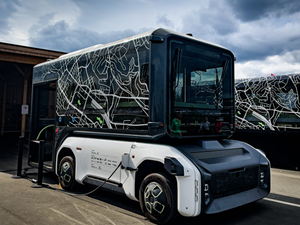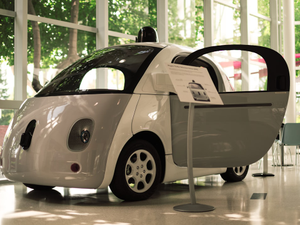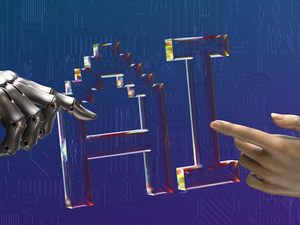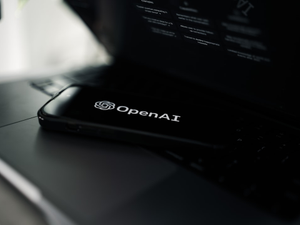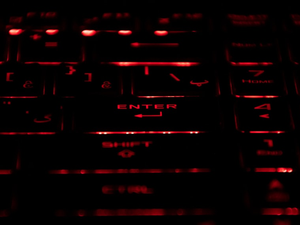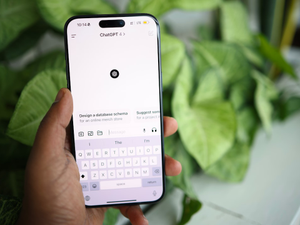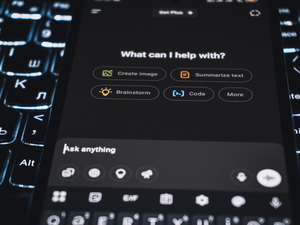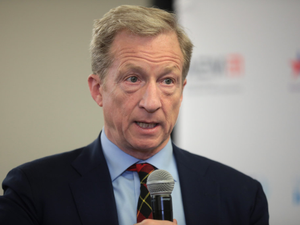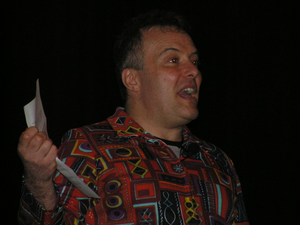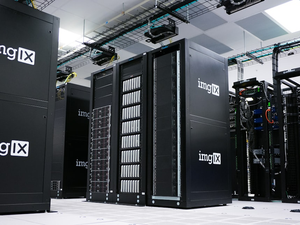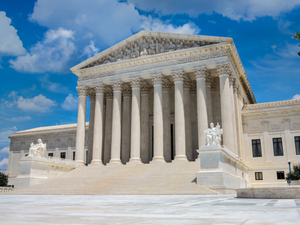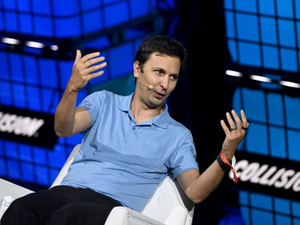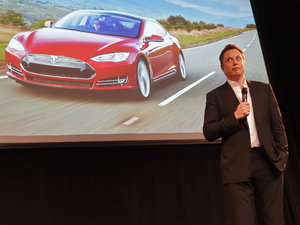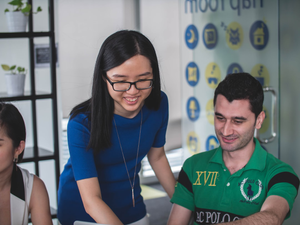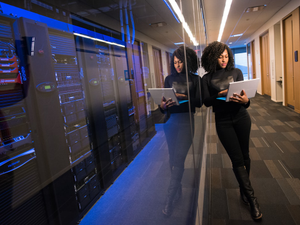AI Voice Cloning: The New Threat to Your Bank Account

Photo by Markus Spiske on Unsplash
In a recent Federal Reserve conference, OpenAI CEO Sam Altman dropped a serious warning about the emerging risks of artificial intelligence in the financial sector. The technology that’s supposed to make our lives easier might actually be creating a dangerous new avenue for fraud.
Altman highlighted a critical vulnerability in current banking security systems: voice authentication. Traditionally, banks have used voiceprints as a verification method, asking customers to repeat specific phrases to access their accounts. However, AI technology has now advanced to the point where it can create voice clones that are nearly indistinguishable from the original.
The implications are stark. Cybercriminals could potentially use AI-generated voice replicas to bypass security checks and illegally access bank accounts. This isn’t a distant, hypothetical scenario – it’s a threat that’s already technologically feasible.
Michelle Bowman, the Federal Reserve’s Vice Chair for Supervision, seemed to recognize the gravity of the situation, suggesting potential collaborative efforts to address these emerging technological risks. The conversation underscores a crucial challenge for financial institutions: how to adapt security protocols in an era of rapidly evolving AI capabilities.
For tech-savvy millennials and Gen Z individuals who are often early adopters of digital technologies, this presents a complex risk landscape. While AI offers incredible conveniences, it simultaneously creates new vectors for potential exploitation.
Financial institutions will need to rapidly develop more sophisticated multi-factor authentication methods that go beyond simple voice recognition. Potential solutions might include combining multiple verification techniques, such as biometric data, behavioral patterns, and advanced AI-powered fraud detection systems.
As AI continues to advance at an unprecedented pace, staying informed and vigilant about potential security risks is more important than ever. The intersection of technology and personal security demands continuous adaptation and proactive thinking.
AUTHOR: pw
SOURCE: AP News

